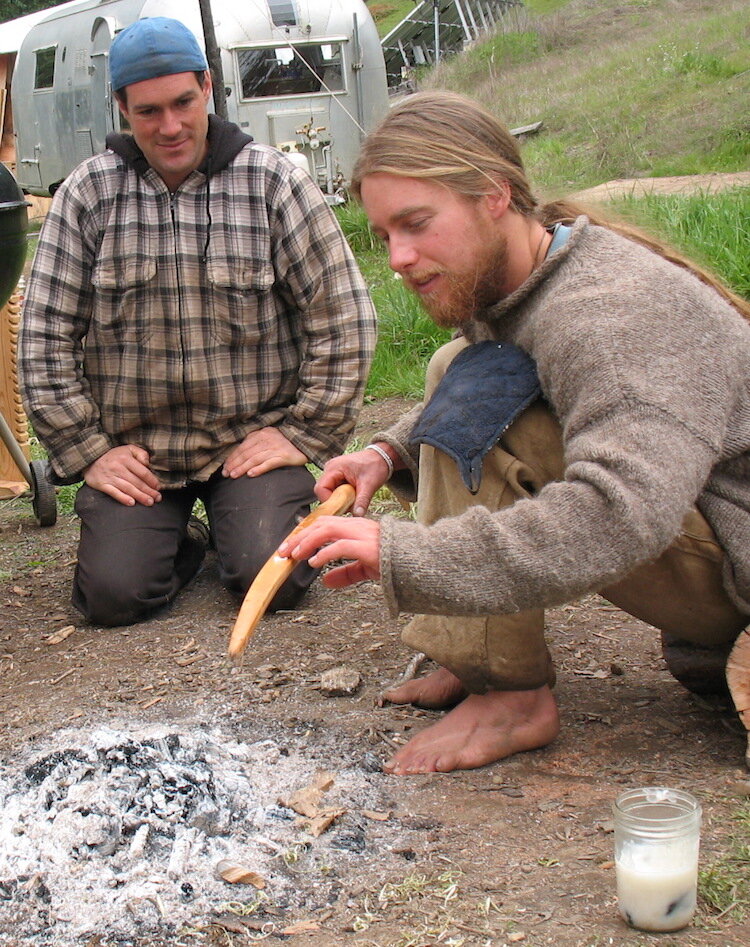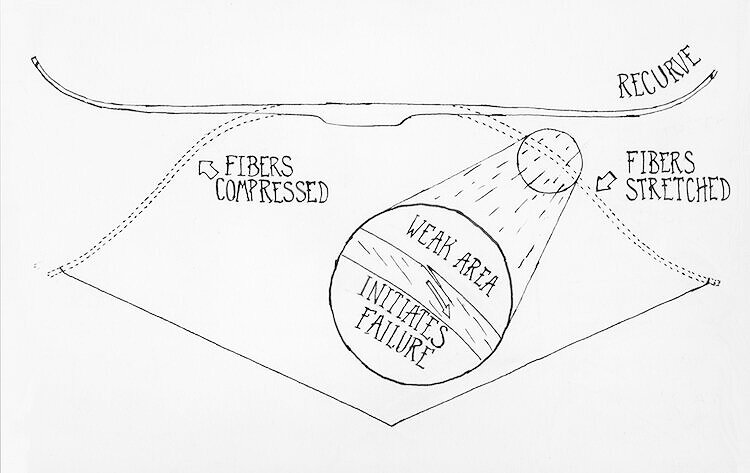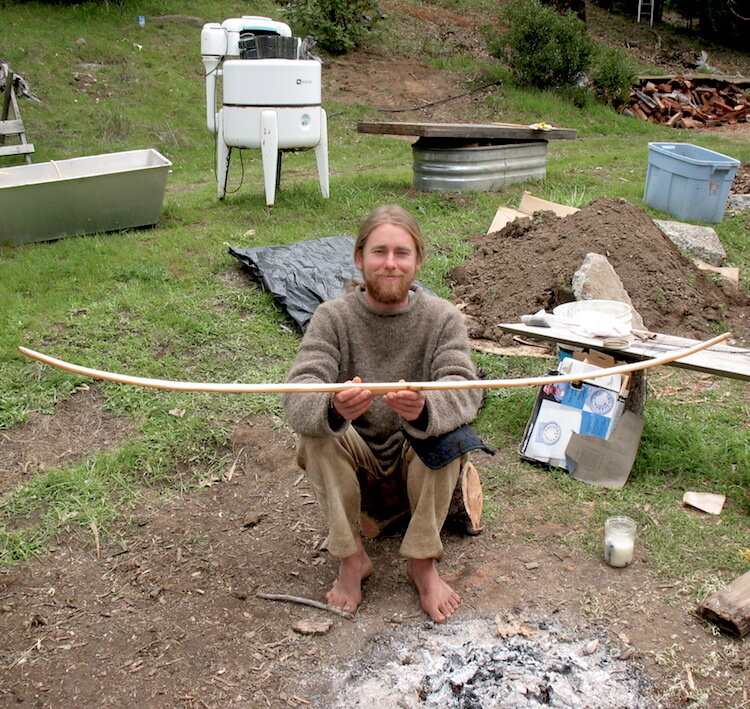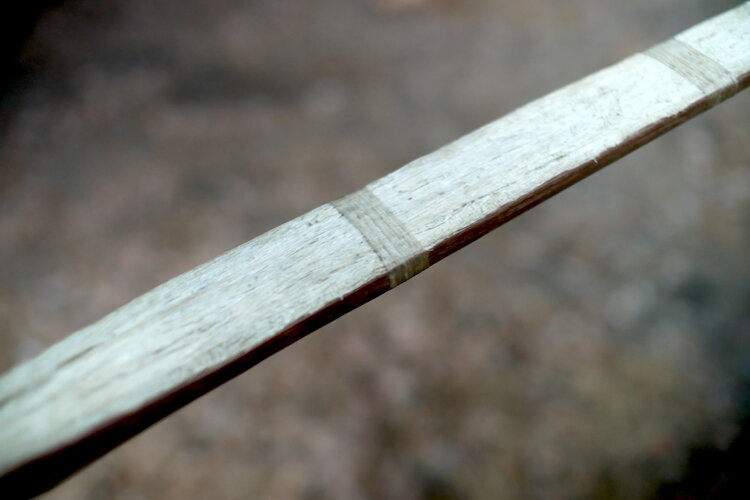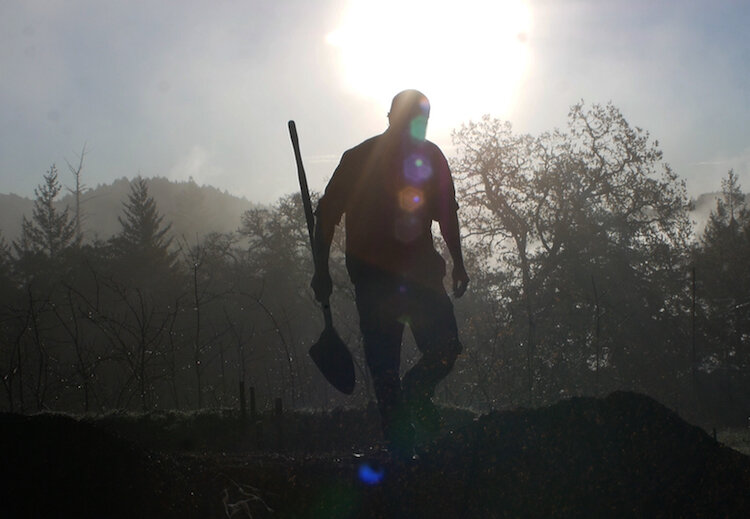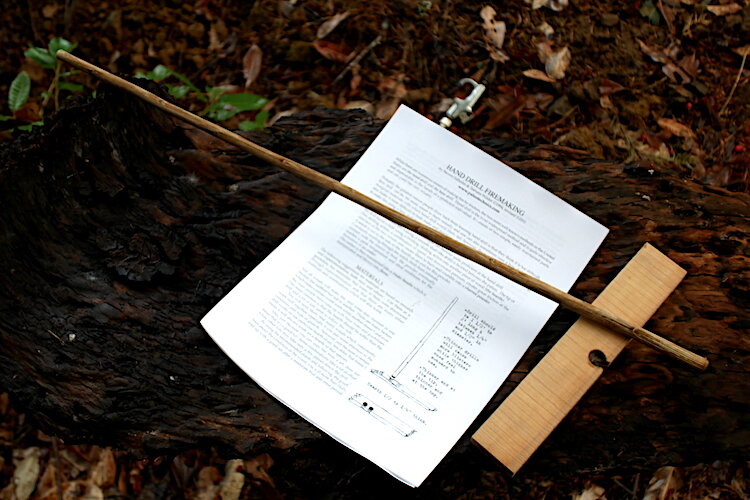I just made 5 old out of print books available in the FREE STUFF section of the site. A lot of you might not even know that page exists. I use it to house collections of out of copyright books that I’ve ferreted out over the years, while doing digital research on various topics that I dabble in. I hope to find some more basketry books in the future to add to that collection. In the mean time, I wanted to publish these, because for the second year now, I’m offering basket willow cuttings in the webstore and these publications have useful information on planting and cultivation.
Basket willow is very easy to start and to cultivate. The short story is that you find some damp ground, with year round moisture, poke holes with a rod, stick the cuttings in with a couple of inches exposed, and they grow. Once established, you cut all of the shoots off every year for weaving and they grow back the following season. But of course there is some nuance involved and the important question of how far/close to plant them. These old publications discuss that question and other subjects related to basket willow cultivation and harvest.
It is my opinion that most homesteads in good willow growing country ought to have at least a small patch of basket willow if good ground is available. They prefer to have damp feet and sunny leaves, and may do well on ground that is a little too low or flooded in the wet season for most other crops. The rods are not only useful for basketry, but also for use in the garden and just seem to come in handy here and there. They make great cat toys with a feather stuck on the end. I’ve used them a lot to hang apples or meat for drying and bacon for smoking. I’ve made bean trellises with them and used them as plant stakes and who knows what else.
Basket willow cultivars are selected for flexibility and toughness, color, lack of branches on first year’s growth, and maybe most importantly for a long even taper. In otherwords, the rod should not go from very fat at one end, and rapidly to very skinny at the other. Growing under crowded conditions helps insure long, branchless shoots with good taper.
Apples rings drying on basket willow shoots in the front of the car (the best food dehydrator you already have!). I keep a bundle of these on hand all the time. If they get funky or dirty, I can just toss them in the woodstove and gram more. Excellent for skewering jerky to dry as well.
I have two types available, Green Dicks is an English variety with smaller than average rods. If planting a patch now, I would likely plant at least 2/3rds of that variety or a similar sized one, as I like the average shoot size, for average baskets. The larger variety I’ve lost the name of, but it is large, with bark that reddens in the sun, and it’s big enough for heavy duty baskets. If I were ever making a dog bed, a room screen, or some bushel baskets for agriculture this one produces those sized rods. Of course the larger butt ends of the rods can also be cut off and used at any diameter, so it is still all purpose in that sense. It should also be large enough to be used for making living fences and other living structures.
Weaving with medium sized rods. This was in 2008 and aside from a handle replacement, 13 years on and this basket is still totally functional, having seen a lot of very hard use and no babying. That durability is due to reasonably competent weaving and high quality basket willow from my friends willow farm in Oregon.
Willows multiply fast, and cuttings as small as 8 inch in length can be stuck directly in the gournd to propagate new plants. A small number of cuttings can be turned into a full patch in a few years time. All in all, basket willow is a pretty good deal, and aside from cutting every year consistently once established (though even that is not absolutely necessary) they generally require little to no care.
Check out the books here, fully downloadable.
All Willows are propagated from simple cuttings, which are extremely easy to root. They are rooted in place where they are to grow, but sticking into a hole made with a metal rod.


















